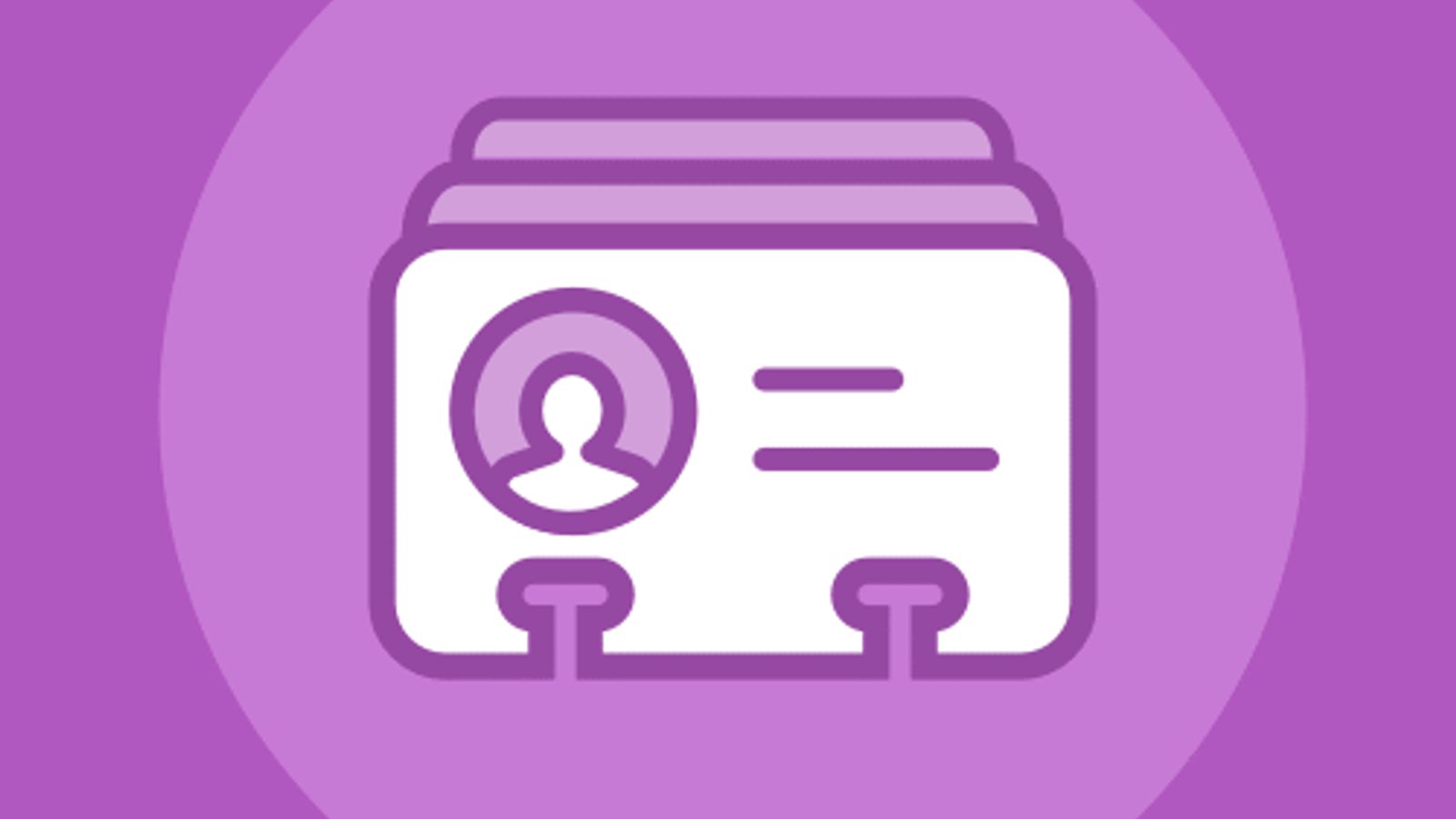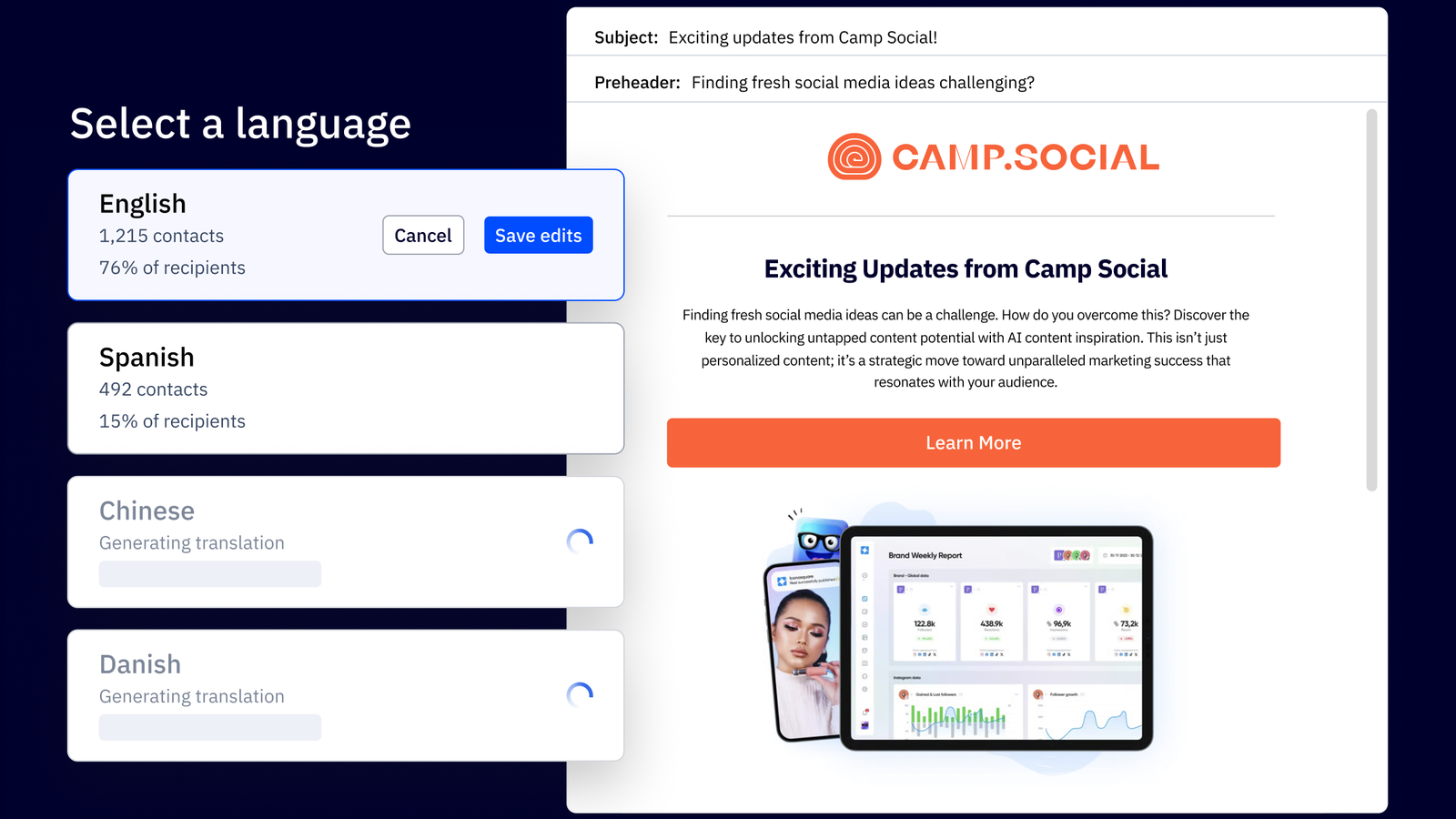Over 330 billion emails are sent every day, twice as many per hour as there are people in the world.
Marketers are behind a big portion of that, with email lists often stretching into the tens or hundreds of thousands. With so many messages hitting inboxes daily, only a small percentage get opened, clicked, or replied to.
So, when is the best time to send marketing emails?
In this article, we’ll review key studies on send-time performance (open rates vs. click-throughs), common email marketing metrics, and walk you through how to find the best time for your audience.
The best times of the day to send your marketing
Generally speaking, the best time to send marketing emails is between 10 AM and 2 PM on Tuesday, Wednesday, or Thursday. That’s a broad window—midday, midweek—and it’s broad for a reason.
“Best time” depends on your goal. Are you after opens, clicks, or replies? Are you sending a newsletter, a promotion, or a transactional message? Plain text or HTML? Without factoring in your audience, industry, email type, and whether you're B2B or B2C, there’s no one-size-fits-all answer. Testing your own send times (which we’ll cover later) is key.
Another reason the recommendations vary: the data does too. Some studies say Tuesday and Wednesday perform best. Others say Wednesday and Thursday. But even those don’t agree on which is most effective.
Still, there’s one point of consensus: avoid Mondays and Fridays. These days consistently underperform in open and click rates. Why? Mondays are packed with meetings and catch-up tasks. Fridays? A mix of end-of-week busyness and early mental checkout. In both cases, inboxes may be full, but attention spans aren’t.
The same goes for timing. Most studies show that emails sent before 10 AM or after 2 PM tend to get ignored. Mornings often start with meetings, and by late afternoon, focus fades—along with interest in your email.
Let’s get a little more specific.
Always Send At The Right Time
Best time of the day to send emails
The best time of day to send marketing emails is between 10 AM and 2 PM However, the data from the Intercom and Wordstream studies once again differ.
Intercom shows that the period between 10 AM and 11 AM performs best, with the hour before this seeing impressive open rates, too.

Wordstream’s data, however, shows that email open rates climb steadily from 8 AM, peaking at around PM.

What we can draw from this contradiction is simply that the period in the middle of the day seems to be when the email open rate is highest.
Wordstream also presents a couple of other interesting findings. The hour from 8 AM to 9 AM performed better than any other hour (contradicting the across-the-board finding that 2 PM is strongest), but this period on Tuesday and Wednesday performed worse.
Best time to send an email by industry
The best time to send an email will vary across industries. We’ve broken out best send times into a few different categories, along with some best practices.
Best time to send B2B emails
For B2B audiences, timing matters even more. Business professionals are most attentive to their inboxes during early work hours, especially midweek, making this the prime window for engagement.
Emails sent before 8 AM tend to perform best, with open rates between 20% and 35%. This timing ensures your message is already waiting when recipients start their day, a time when many prioritize clearing out their inbox.
Interestingly, there’s also a second, smaller spike in open rates from 8 PM to 10 PM. While less conventional, this late-evening window can work well too, likely because recipients are home and less distracted by meetings, deadlines, and the rest of the workday noise.
Best time to send retail newsletters
When it comes to retail newsletters, timing your send for when consumers are most open to browsing and buying is key. According to Mailjet, Thursday is the top-performing day for open rates, followed closely by Tuesday. These midweek days strike a balance—far enough from the Monday catch-up rush, but not too close to the weekend when inboxes get crowded or ignored.
Consumers are also more likely to engage with promotional content between 10 AM and noon, when they’re settled into their day but not yet mentally checked out. It’s a window when browsing deals or scanning product updates can feel like a quick, low-effort break.

People check their email at varying times during the day. (Source: Mailjet)
Sending retail emails during these peak times increases your chances of standing out when attention is high and inbox competition is a little lower.
Best time to send finance and banking email blasts
In financial services, timing your outreach is crucial, especially when engaging busy professionals who plan their week with precision. According to SoPro, the highest response rates for finance-related emails come between Tuesday and Thursday mornings, particularly between 9 AM and 10 AM.

Finance and banking best send times based on typical open rates. (Source: SoPro)
This aligns with the typical rhythm of the industry: professionals in banking and finance often use early-week mornings to organize priorities and scan for opportunities. Hitting the inbox during this focused, high-attention window can increase the chances of your message being opened, read, and acted on.
Avoiding Mondays and Fridays—when inboxes are either overflowing or being cleared out for the weekend—can also help your emails land at the right time, when decision-makers are most likely to engage.
Best time to send hospitality and travel updates
For the hospitality and tourism industry, email timing should match the mindset of your audience—when they’re most likely to be thinking about leisure, planning trips, or dreaming of a getaway. According to Pebble Design, the best days to send travel and hotel marketing emails are Tuesday and Thursday, with peak engagement between 12 PM and 3 PM.
These midday hours line up with natural breaks in the day, when consumers are more likely to take a mental pause and consider future plans, like booking a trip or exploring offers. For leisure travelers in particular, this is when daydreaming often turns into action.
Timing your emails for when people are already in a planning or browsing mindset gives your message a better shot at standing out (and getting results).
Best days of the week to share your marketing campaigns
Let’s take a look at the best day of the week to send your email, as well as data regarding the best sending times for open and click-through rates.
Best day of the week to send emails
The best days of the week to send marketing emails are Tuesday, Wednesday, and Thursday. Narrowing down further becomes a bit tricky.
Findings from Intercom’s database demonstrate that Tuesday gets the highest open rates, followed closely by Thursday. Wednesday looks stronger than Monday and Friday, but sits relatively far behind Tuesday and Thursday.

However, a study by Wordstream examining email open rates by day highlights Thursday as the strongest, with Wednesday coming in second and Tuesday, which performed best in Intercom’s study, taking third place.

If anything, these findings simply show that Monday and Friday (and the weekend) are bad days to send emails.
Best day to send emails for high open rates
If you’re trying to influence open rates, the best day of the week to send emails appears to be Thursday, according to data CoSchedule aggregated.
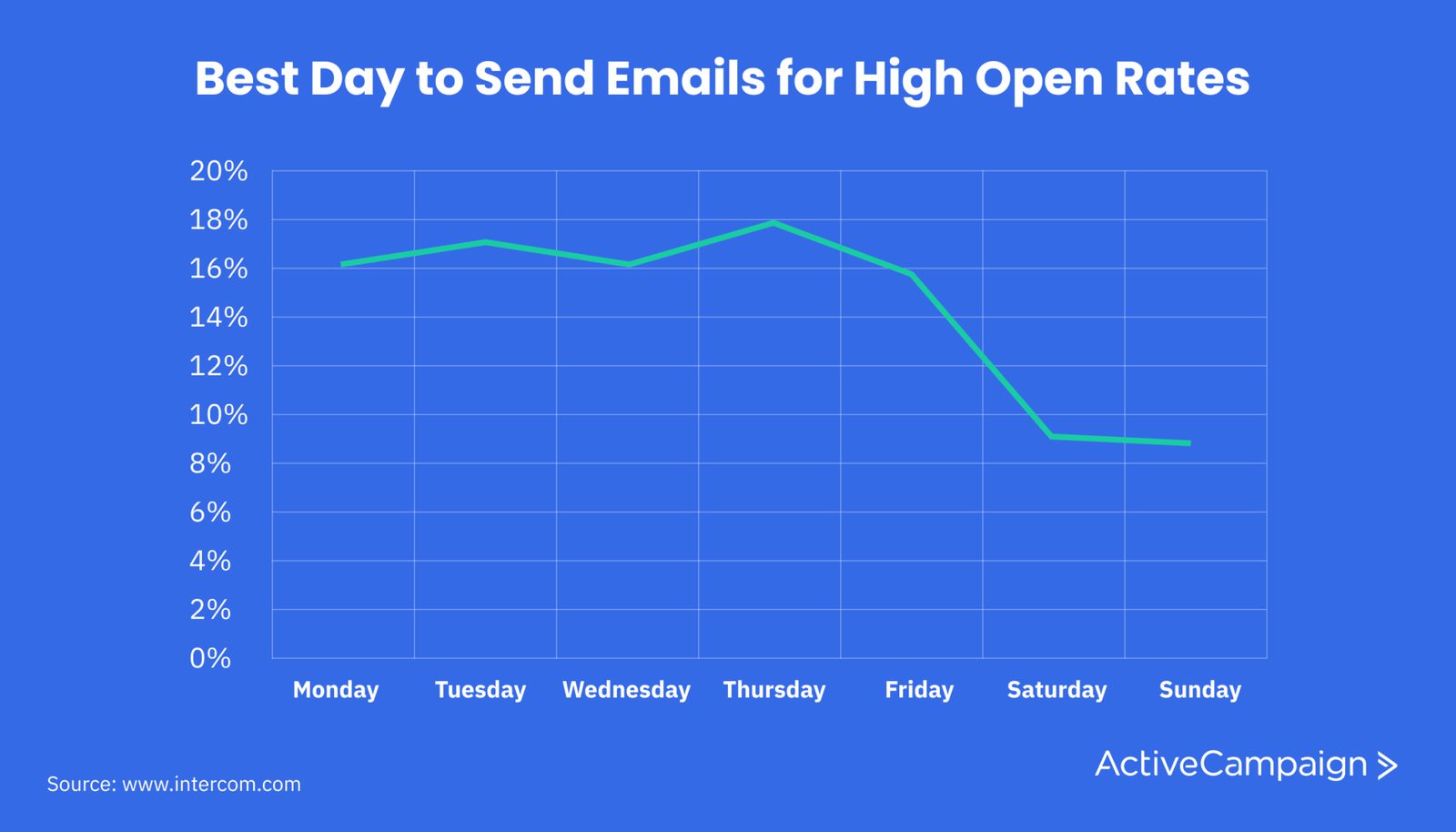
Other studies from Wordstream and Intercom also show that Tuesday and Wednesday are solid performers for email open rates.
Best day to send emails for click-through rates
This one is pretty straightforward. Sunday is the best day of the week for email click-through rates (2.6%), followed closely by Tuesday at 2.5%.
Best day of the month to send emails
Though performance across the month is fairly stable, the first ten days of the month appear to be the best time to send emails.
Another study presented the following findings on email marketing performance across the month:
| Days 1-10 of the month | Days 11-20 of the month: | Days 21-31 of the month | |
| Open rate | 18.56% | 18.55% | 17.87% |
| CTR | 5.59% | 5.92% | 5.24% |
| Product orders | 7.16 | 6.96 | 6.67 |
How many emails and newsletters should you send per week?
We’ve looked at when to send, but now let’s talk about how often. While there’s no universal rule for email frequency, these best practices can help you strike the right balance between staying visible and staying welcome in your subscribers’ inboxes:
- Prioritize quality over quantity: Sending fewer, well-crafted emails is more effective than overwhelming your audience with frequent, low-value messages. Over-sending can cause fatigue, leading to unsubscribes and lower engagement over time.
Segment your audience: Not everyone on your list wants the same content or frequency. Segment by interests, behavior, or lifecycle stage to tailor the experience, and send more relevant emails to the right people at the right pace. - Monitor engagement metrics: Keep an eye on open rates, click-through rates, and unsubscribes. A steady drop in these numbers may be a sign that you’re sending too often or missing the mark on content.
- Offer frequency preferences: Give subscribers control by letting them choose how often they hear from you—weekly, biweekly, or just for major updates. This improves satisfaction and lowers opt-outs.
- Use automation and predictive sending: Platforms like ActiveCampaign let you automate sends based on behavior and timing, so each contact receives emails when they’re most likely to engage, without increasing your send volume.
How to determine the best time to send marketing emails for your own company
Email marketing benchmarks like those above are a fantastic starting point, but they shouldn’t be taken as law. What matters most is the performance of your email campaigns, as this will help you understand the best time to send marketing emails to your audience.
Here’s how.
1. Review your current data
Maybe you haven’t been particularly focused on optimizing email send times in the past. You'll already have some data to work with as long as you’ve been sending emails (and you’ve been doing so with even a moderately endowed email marketing platform).
Start by reviewing your averages for open and click-through rates, and segment the results by day of the week. If possible (depending on the level of detail your software provides), drill down to hourly rates to understand the times of day that are performing the best.
Review historical data to understand whether your findings are consistent across time. Let’s say, for example, you identify that Thursday has performed strongest overall for you. It’s important to understand that this is an average.
You’ll need to scan back through several weeks or months (or view open rates on a timeline if your email automation tool has that functionality) to ensure this has been the case across the board and there isn’t simply one anomaly email that performed really well and just happened to be sent on a Thursday, skewing your results.
2. Research your audience preferences
You may often make assumptions about how your customers act, how they spend their time, and how they structure their lives. But these assumptions can often lead you astray.
For example, an email marketer in the B2B environment would be right to assume their clients primarily work standard business hours, so they’ll generally send emails within that window. However, as we’ve seen, some studies have demonstrated bumps in email open rates after 8 PM, perhaps because recipients are working at night or receive work emails on their personal devices.
Interviewing or surveying your audience about their email habits can help you understand what your customers prefer and help you avoid becoming an annoyance, reducing unsubscribe rates.
3. Perform A/B tests
Just as when working on your email subject lines, testing will be the foundation of optimizing your email efforts to maximize open, click, and conversion rates.
Ratify the findings from step one by conducting strategic A/B tests. If Thursday has been performing strongest in the past, set up a test to send the same email to your database with users split into five segments (one for each day).
Does Thursday still hold up? Or is the historical data perhaps pointing to the fact that in the past, you’d send a specific kind of email on Thursday, and that was performing better? You can run similar tests to identify the optimal time of day to send emails (for example, scheduling an email to go out to a different email list each hour).
Before you dive headfirst into full-scale sends, it’s also worth taking time to build (or rebuild) your sender reputation—especially if you're working with a new domain, a cold list, or haven’t been sending regularly.
ActiveCampaign’s Warm Up Sending Reputation Sequence is a great resource for this. It helps you gradually ramp up your sending volume, monitor engagement, and strengthen your sender reputation over time.
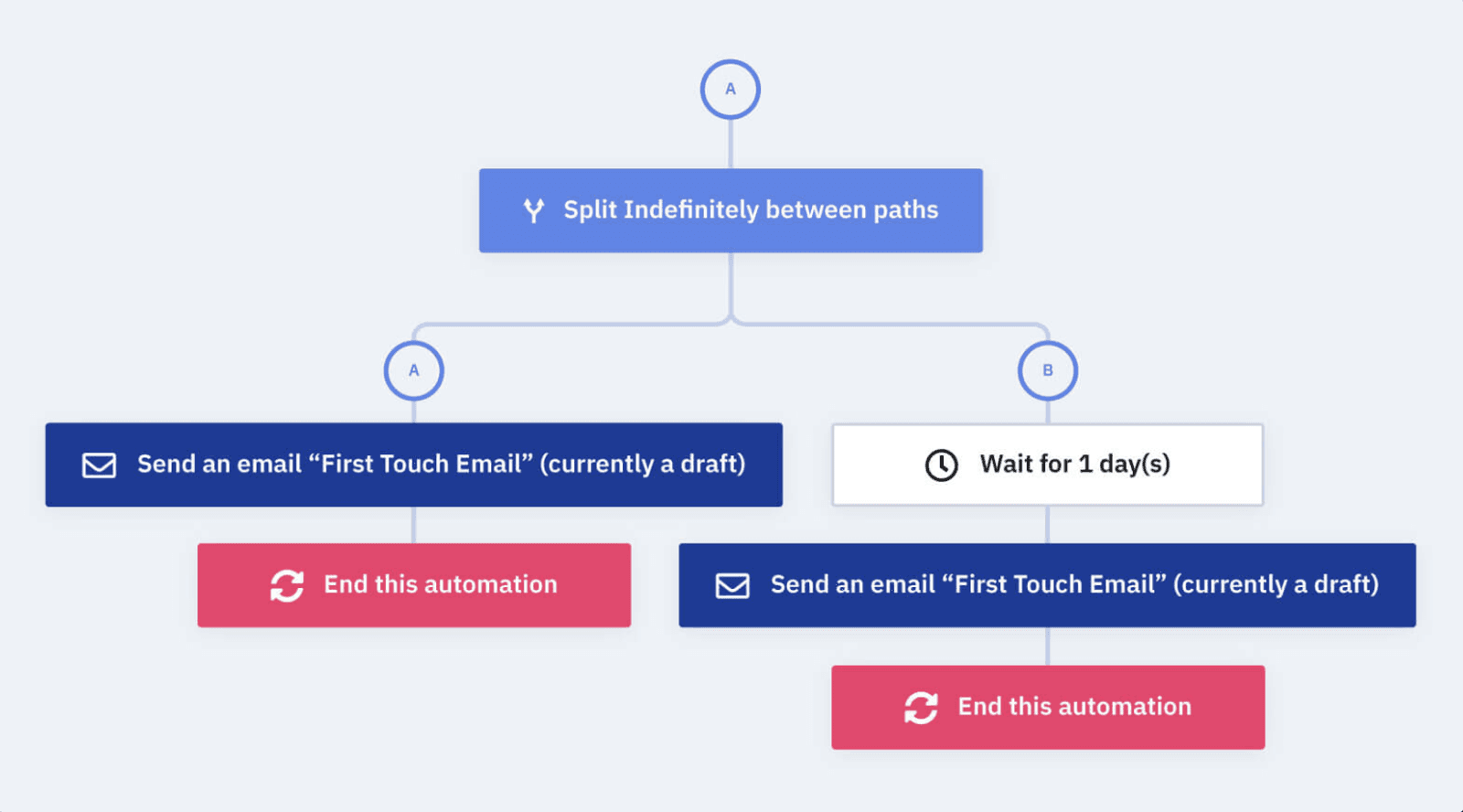
By starting with your most engaged contacts and slowly expanding, you'll improve your chances of landing in the inbox, not the spam folder. Consider using this sequence alongside your A/B tests to set a strong foundation for long-term deliverability and performance.
4. Be careful with your data analysis
While changes to your email schedule should be based on data, you should also be careful in your interpretations.
For example, the time at which emails are opened doesn’t necessarily indicate the best time to send an email. If you’re experiencing high open rates in the 10-11 AM period, does that mean you need to send emails at this time?
Or are you better off sending that newsletter somewhere between 8 AM and 10 AM, so it’s in the recipient’s inbox when it comes time to sit down for a coffee and check their emails?
How ActiveCampaign helps you find the best time to send an email newsletter
There’s no universal “perfect” time to send emails, but with the right tools, you can find your perfect time. ActiveCampaign makes it easy to test, optimize, and automate your email send times with powerful features built for smarter engagement.
Predictive sending capabilities
Let AI do the heavy lifting. ActiveCampaign’s predictive sending analyzes each contact’s past behavior to automatically deliver emails when they’re most likely to open and engage.

As the system learns, your campaigns get sharper, maximizing visibility and results with zero guesswork. You can activate predictive sending in just a few clicks, then monitor performance as the algorithm adapts over time.
Advanced automation workflows for timing
Create automations that respect your audience’s time. Use conditional waits, time-specific triggers, and goal-based timing to ensure emails are sent at the most relevant moments.
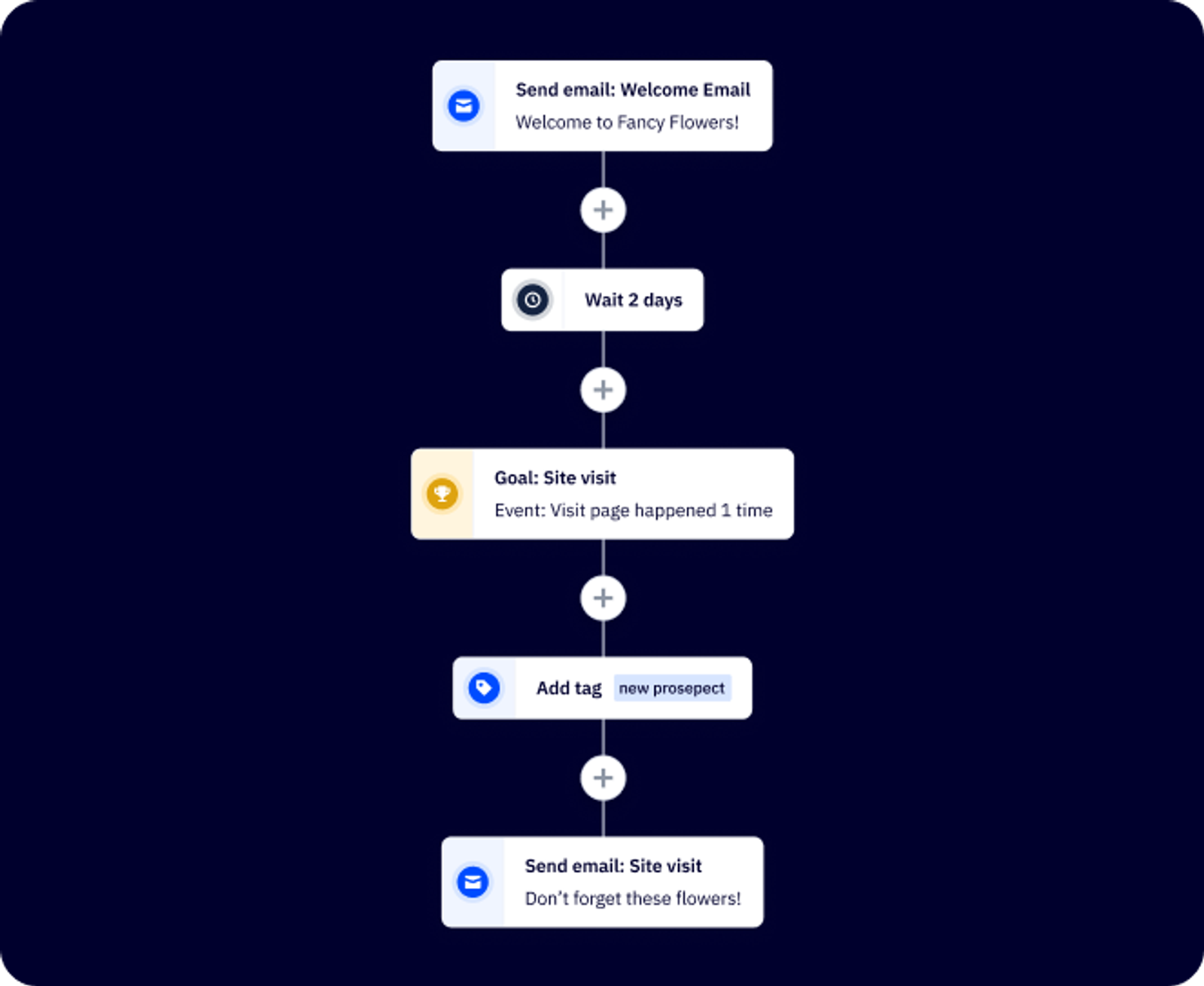
Whether you're running a nurture sequence or re-engagement campaign, you can build workflows that feel perfectly timed. Plus, integrations with tools like Postmark and PromoFeatures give you even more control over real-time sends and transactional messaging.
Segmentation tools for time-based personalization
Not everyone checks their inbox at the same time, and that’s where ActiveCampaign’s segmentation tools shine. Build audience segments based on engagement patterns, time zones, or past interaction timing, then tailor your send schedules accordingly. Personalization plus timing equals higher engagement and lower unsubscribe rates.
Comprehensive reporting for send time analysis
Know what’s working and when. Use ActiveCampaign’s in-depth reporting to track open rates, click-throughs, and conversions across days and times. Spot trends, identify your timing sweet spots, and create a feedback loop that fuels ongoing optimization. With these insights, your email strategy can keep evolving and improving.
FAQs about timing your marketing emails
Lingering questions? We’ve got you.
What if my subscribers are in multiple countries or time zones?
If your list spans different regions, use automated tools to segment by time zone or geography so you can send emails at the most relevant local time for each group. ActiveCampaign makes this easy with time zone-based sending and geo-segmentation options. Sending based on local time generally boosts engagement, but batch sending (everyone at once) can be simpler to manage.
For global campaigns, segmenting and scheduling by region typically offers the best balance of personalization and impact.
How does mobile usage affect the best time to send an email newsletter?
With so many users checking email on their phones, mobile-friendly timing matters more than ever. Analyze your contact device data—if mobile dominates, consider off-peak hours like early mornings (6–8 AM), lunch breaks, or evenings (8–10 PM) when people check their “second screen.” Mobile audiences often engage outside of traditional work hours, so adjust your timing to fit those behaviors for better results.
Should I send emails at the same time consistently?
Consistency builds expectations, but it doesn’t always deliver the best performance. Regular sends (like a Tuesday morning newsletter) can work well for loyalty and habit, but optimized timing based on engagement data or predictive tools often outperforms fixed schedules.
Try A/B testing consistent vs. dynamic send times to see what works best for your audience and campaign goals. For promotional blasts, timing flexibility usually pays off; for editorial content, consistency may be more valuable.
How do spam filters and inbox algorithms factor into send timing?
Timing can influence email deliverability, especially during high-volume periods (like early Monday mornings). Avoid sending during known traffic spikes when inbox providers are stricter about filtering. Also, keep in mind that low engagement from poor timing can hurt your sender reputation, leading to more messages hitting spam.
To stay on track, send when your audience is most likely to open, and use tools like ActiveCampaign’s engagement tracking and warm-up sequences to build trust with inbox algorithms.


